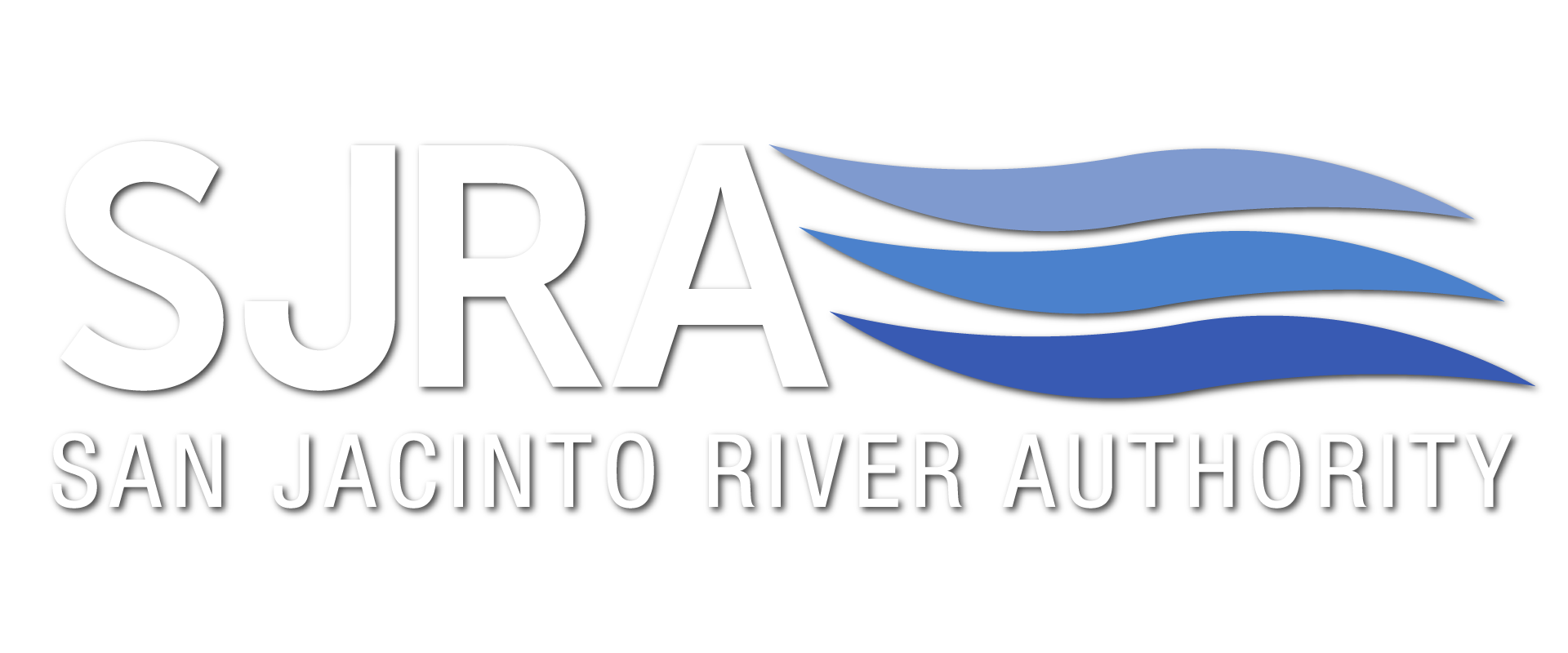SJRA GUIDELINES FOR REMOVING DEBRIS OR VEGETATION FROM THE BED OF LAKE CONROE
The San Jacinto River Authority is an active partner with the Texas Parks and Wildlife Department and many other stakeholders in programs to enhance fish habitat in Lake Conroe. The recent drought has exposed many acres of lake bed resulting in the growth of terrestrial vegetation and the uncovering of debris that had previously settled on the bottom of the lake. When the lake refills, this vegetation and debris will provide valuable habitat for fish and other aquatic species, and the vegetation also helps stabilize sediments and improve water quality; however, while the lake is down, we understand that some vegetation and debris can cause nuisance problems for property owners – “one man’s trash is another man’s treasure.”
To assist property owners and other lake users in determining the best means for managing vegetation or debris in the exposed lake bed of Lake Conroe, the SJRA has developed the following guidelines.
VEGETATION
- The SJRA encourages businesses, community associations, and other lakefront property owners to not interfere with the growth of grasses and other terrestrial vegetation in the lake bed.
- In cases where vegetation is creating a nuisance, lakefront property owners are allowed to mitigate the nuisance in and around their immediate dock area but are encouraged to use the most limited means possible, such as trimming off the tops of tall weeds.
- Application of non-restricted use herbicides is only allowed with prior approval of the SJRA and only in areas that are completely above the influence of the waterline and immediately surrounding a property owner’s dock.
- Widespread mowing of lake bed areas (i.e. not directly in front of a landowner’s tract) is not allowed unless specifically authorized by the SJRA.
DEBRIS
- The SJRA encourages individuals to leave non-hazardous, inert debris in place in the lake bed to provide fish habitat. This can include items such as tires, concrete blocks, submerged logs, and other bulky items.
- Non-hazardous, inert debris that has become exposed due to falling lake levels can be moved into deeper water provided it can be done so safely and to a location that will not create a hazard to navigation.
- Trash and other non-desirable debris may be collected and removed. This may include bottles, cans, and other trash.
- Items such as paints, pesticides, electronics, batteries, used oil and filters, antifreeze, and other hazardous materials should be disposed of properly at an authorized facility.
- For questions or to notify someone of a dangerous item in the lake, please contact the Lake Conroe Division at the number listed above.

